种子托盘设置错误及其避免方法
2025-08-22 16:29:15
种子托盘在植物生长中的作用
对于任何规模的种植者,从业余园丁到大型农业经营,种子托盘都提供了一个受控的环境,为幼苗提供了最好的起点。它们有助于管理间距、土壤和水分,使种子能够均匀发芽。然而,许多初学者甚至有经验的农民在设置过程中都会犯错误,这可能会限制幼苗的成功。了解可能出错的地方以及如何修复它,决定了弱芽和茂盛植物之间的区别。
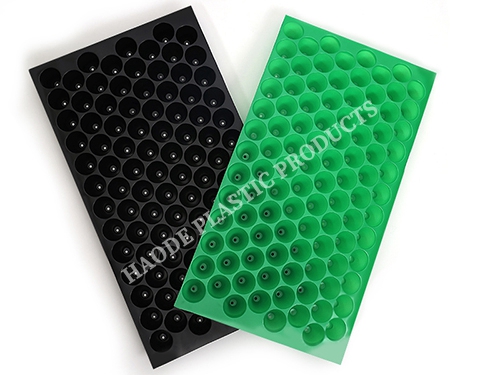
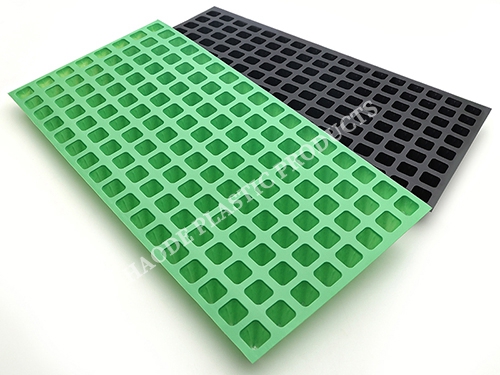
错误1:使用错误类型的托盘
并非每颗种子都需要相同的生长空间。一个常见的疏忽是使用的托盘对于手头的作物来说要么太浅要么太深。当细胞太小时,根会很快受到限制;另一方面,过大的细胞会浪费资源,降低浇水效率。如何避免:将托盘尺寸与作物相匹配。草本和绿叶蔬菜通常在较小的细胞中表现良好,而根系较强的蔬菜需要较大的隔室。
错误2:填充不合适的培养基
一些种植者在种子托盘中依赖沉重的花园土壤,这通常会导致压实、通气不良和发芽不良。如何避免:选择一种轻盈、营养均衡的种子开始混合。寻找一种混合物,既能提供良好的排水性,又能保持足够的水分来支撑娇嫩的根系。
错误3:土壤水平不一致
幼苗在均匀的条件下茁壮成长,但细胞填充不均匀会导致种植深度不一致。过度填充的托盘有种子在浇水过程中漂浮的风险,而填充不足的托盘会限制早期根系发育。如何避免:均匀分布土壤,轻轻压实每个细胞,不要把它包得太紧。使表面平滑,以创建均匀的播种基础。
错误4:浇水不当
水管理是种子托盘使用中最大的挑战之一。过多的水会淹没种子或引发真菌疾病;太少会使它们干燥,无法发芽。如何避免:使用喷雾瓶、喷雾工具或底部浇水技术小心浇水。确保托盘有排水孔,以防止积水。
错误5:在错误的深度播种
不正确的深度是一个常见的错误。种得太深的种子很难到达表面,而太靠近表面的种子可能会变干或被冲走。单细胞过度拥挤是另一个问题,导致幼苗虚弱细长。如何避免:遵循每个种子包上的指导。一般来说,播种深度为种子直径的两到三倍,每个细胞放置一到两颗种子以获得最佳生长。
错误6:忘记标签
当使用多个托盘时,很容易混淆作物,特别是在同时种植不同品种的情况下。如何避免:用防水标签或标记清楚地标记托盘。这个简单的习惯确保了以后移植幼苗时的顺利管理。
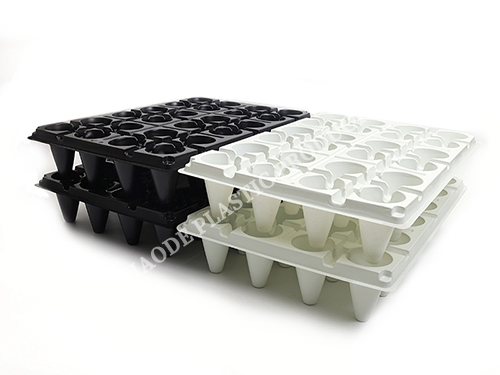
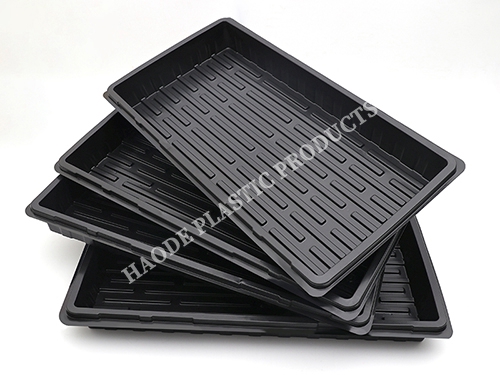
错误7:忽视光和温度需求
种子托盘提供了结构,但环境决定了种子是否成功发芽。缺乏光照或暴露在不稳定的温度下会减缓发芽或损坏幼苗。如何避免:将种子托盘放在明亮、稳定的条件下。如果自然阳光不足,可以考虑使用生长灯。根据每种作物的要求保持温度一致。
错误8:跳过硬化阶段
将幼苗直接从托盘上移植到室外土壤中而不进行准备可能会对它们造成冲击。突然暴露在风、温度变化和阳光直射下往往会导致生长迟缓。如何避免:通过每天在室外放置几个小时的种子托盘来逐渐硬化幼苗,在移植前一周或更长时间内增加暴露量。
有效种子托盘设置的最佳实践
从干净的托盘开始:在种植前进行清洗和消毒,以降低疾病风险。
每天检查:定期监测湿度、温度和光线。
稀释幼苗:在每个细胞中保留最强的幼苗,移除较弱的幼苗。
保持条理:系统地安排托盘,以有效地管理作物。
通过遵循这些最佳实践,种植者可以创造条件,支持强壮、均匀的幼苗。
结论:充分利用种子托盘
种子托盘的成功取决于仔细的设置和对细节的关注。土壤选择不当、浇水不当或忽视环境条件等错误都会大大降低发芽率。通过识别这些常见错误并调整你的做法,你可以给幼苗最好的开始。
总之:通过适当的准备、标记、浇水和硬化,种子托盘成为生产强壮幼苗和确保作物从第一天起成功生长的可靠工具。
参考文献
GB/T 7714:面包屑W、贝德斯T、胡萝卜M等。室内蔬菜种子发芽:II。材料[J]。 2025.
司法协助:克伦普、韦斯利等人。";室内蔬菜种子入门:II。材料。&“; (2025): 1.
APA:克伦普,W.,贝德斯,T.,卡隆,M.,&;奥利维拉,M.(2025)。室内蔬菜种子入门:II。材料。
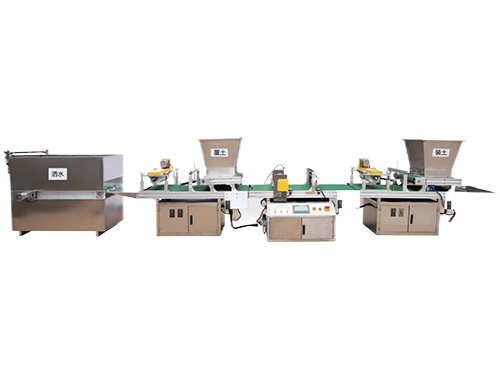
采用电气一体化,按触摸屏上全自动按钮一键启动,穴盘放在传输带上...
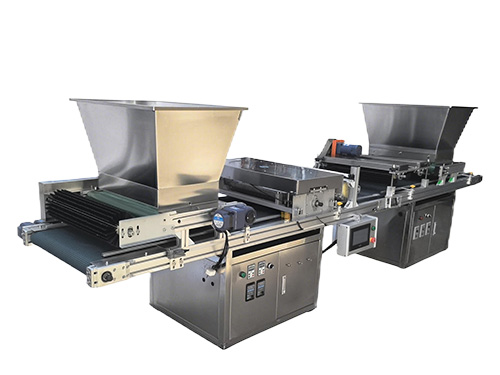
XP750型 播种机性能稳定,品质量优良良,操作简单便捷,高速细致。...
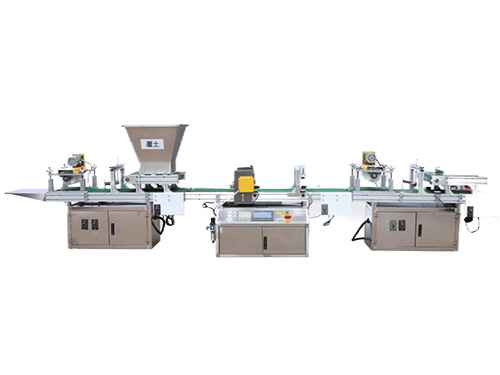
采用电气一体化,按触摸屏上全自动按钮一键启动,穴盘放在传输带上...
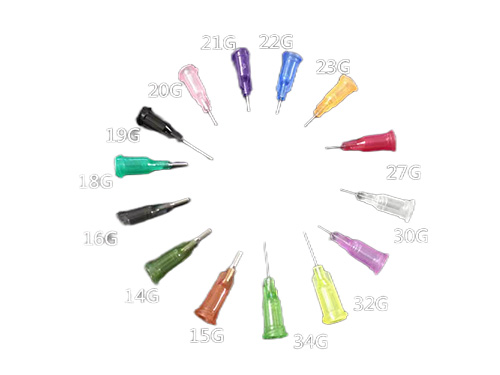
针头清单吸种嘴型号 不同型号 播种种类不同...
